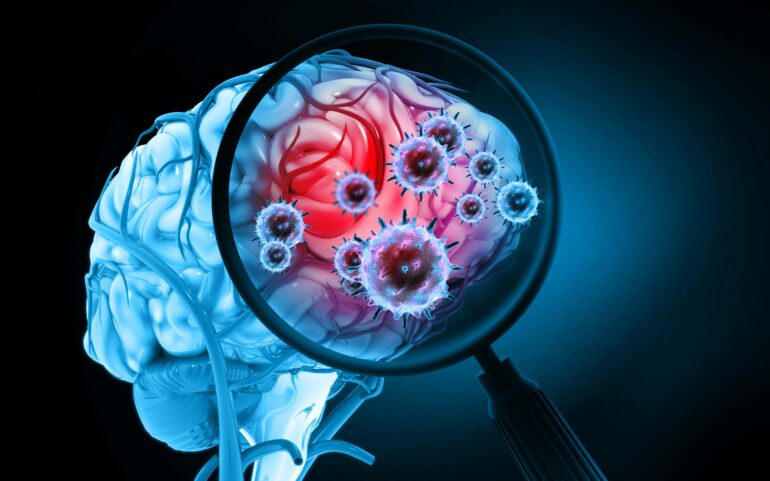One in nine Americans ages 65 and over had Alzheimer’s disease in 2022, and countless others were indirectly affected as caregivers, health care providers and taxpayers. There is currently no cure – available treatments primarily focus on prevention by encouraging protective factors, such as exercise and healthy diet, and reducing aggravating factors, such as diabetes and high blood pressure.
One of these aggravating factors is viral infections. Researchers have identified that certain viruses such as herpes simplex virus type 1 (HSV-1, which causes cold sores), varicella zoster virus (VZV, which causes chickenpox and shingles) and SARS-CoV-2 (which causes COVID-19) can lead to a higher risk of Alzheimer’s disease and dementia following infection.
There is increasing evidence supporting the potential role viruses play in Alzheimer’s disease.
Figuring out how and when these viruses contribute to disease could help scientists develop new therapies to prevent dementia. However, researchers have been unable to consistently detect suspect viruses in brains of people who died of Alzheimer’s. Because the Alzheimer’s disease process can start decades before symptoms, some researchers have proposed that viruses act early in a “hit-and-run” manner; they trigger a cascade of events that lead to dementia but have already taken off. In other words, by the time researchers analyze patient brains, any detectable viral components are gone and causation is difficult to establish.
We are a neurovirologist, neurologist and neuroscientist team interested in the role viruses play in neurodegenerative diseases. In our recently published research, we use new technology to search for the tire tracks of these viruses in Alzheimer’s patients. By focusing on the most vulnerable entry point to the brain, the nose, we discovered a genetic network that provides evidence of a robust viral response.
Focusing on the olfactory system
Many of the viruses implicated in dementia, including herpesviruses and the virus that causes COVID-19, enter the nose and interact with the olfactory system.
The olfactory system is constantly bombarded with odors, pollutants and pathogens. Particles inhaled through the nostrils bind to specific olfactory receptor cells in the tissue lining the nasal cavity. These receptors send messages to other cells in what’s called the olfactory bulb, which acts like a relay station that transmits these messages down the long nerves of the olfactory tract. These messages are then transferred to the area of the brain responsible for learning and memory, the hippocampus.
Sensory cells translate information from your environment into electrical signals your brain can interpret.
The hippocampus plays a critical role assigning contextual information to odors, such as danger from the foul smell…
